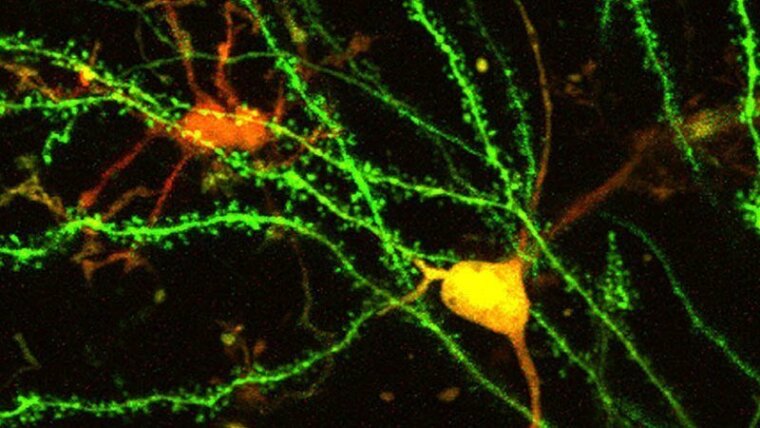
Event details
- Start
- End
- Types of event
- Seminar
- Venue
-
Abbe Center of Photonics
Albert-Einstein-Str 6, Seminar room 1
07745 Jena
Google Maps site planExternal link - Language of the event
- English
- Wheelchair access
- Yes
- Public
- Yes
Laser Additive Manufacturing (LAM) has the potential to revolutionize manufacturingprocesses. However, its wider industrialisation is currently inhibited by solidificationcracking, residual stress and distortion, anisotropic microstructures and mostimportantly a large distribution of entrained defects. It is critical to establish a scientific understanding of how to control defect formation and thus optimise mechanicalperformance in LAM. At the European Synchrotron (ESRF), taking advantage of therecent Extremely Brilliant Source upgrade and the most advanced synchrotronmaterial characterisation techniques, in-situ and ex-situ investigation have been usedto establish a well-rounded picture of the LAM process. The outstanding photon fluxdensity at ESRF can reach ultra-high temporal resolution at hard X-ray energies incombination with coherence levels which allow for imaging with high sensitivity.Combining fast synchrotron radiography (> 40 kHz) with an in-situ LAM rig, fast X-ray imaging enables the observation, in both real and reciprocal space, of the laser-matter interaction, defects formation, material phase transformations andmicrostructural features evolution. High angular resolution Dark Field X-rayMicroscopy (DFXM) is used to quantify the resulting LAM microstructure includingspatially resolved 3D grain maps, 3D distribution of strains, lattice misorientation andGeometrically Necessary Dislocations (GNDs). Microstructure development isexplored via solidification sequence modelling, which is calibrated by in-situsynchrotron imaging of the manufacturing process. The results presented hereprovide new insights into the LAM process with relevance to microstructure anddefects control in AM fabricated components. They provide information that cancontribute directly to industrial practice while producing quantitative data to informand validate physical models in support of digital twins.